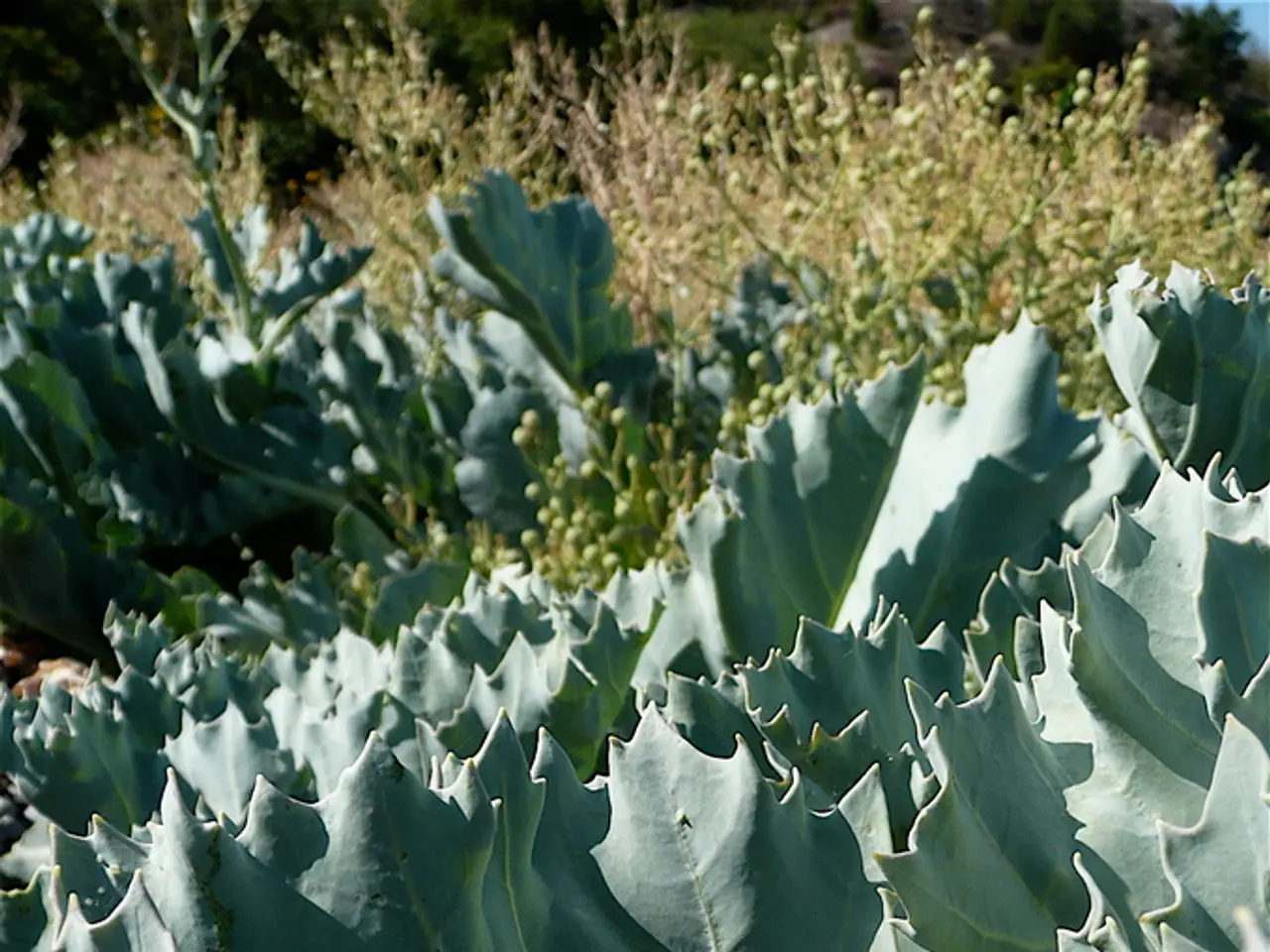Do Emotional Responses Exist in Plants?
=====================================================================================
In a fascinating twist of nature, plants, often thought of as stationary organisms, are revealed to have an intricate system of communication that is not so different from that of animals. While they don't possess sensory organs as we understand them, plants have developed unique ways to interpret and respond to environmental changes.
One such method is through photoperiodism, a process that allows plants to react to changes in the length of light and darkness. This adaptation helps them to bloom at the right time, with daffodils, for instance, starting to bloom in late winter or early spring when planted in autumn.
Plants also exhibit the ability to detect volatile chemicals in the air, a trait that aids them in sensing seasonal changes and environmental stress. When under stress or attack, plants release a complex array of volatile organic compounds (VOCs) which can serve as chemical signals to other plants or animals.
Interestingly, plants have been observed to emit ultrasonic sounds, a discovery made in Evening Primroses. Although plants do not perceive ultrasound in the way animals do, stressed plants have been found to emit ultrasonic distress signals, such as clicking or popping noises above human hearing range. These sounds can be detected and responded to by certain insects, like female moths, who use them to avoid laying eggs on unhealthy plants.
Plants don't have the capacity to "smell" in the traditional sense, but they can respond to environmental changes by producing chemical signals that can be detected by other organisms. This form of communication, while different from animal sensory perception and communication systems, plays a crucial role in plant survival and reproduction.
The single layer of epidermis that covers plants allows sunlight to reach their inner layers for photosynthesis. This layer also acts as a barrier, protecting the plants from certain external stimuli. However, plants are not completely insulated from their surroundings. The soil and the air are two routes through which plants share chemical signals, influencing the behavior and physiological responses in other organisms.
Research on this subject continues to uncover more about the complex world of plant communication. For example, sagebrush and lima beans have been observed to modify their internal chemistry in response to airborne messages, a finding that adds to our understanding of this fascinating phenomenon.
In conclusion, while plants may not have the sensory organs we associate with animals, they communicate in their own unique ways, using ultrasonic sounds and chemical signals to interact with their environment and with other organisms. This discovery not only broadens our understanding of the plant kingdom but also opens up new possibilities for agricultural practices and conservation efforts.
[1] Smith, A. (2021). Plants and their hidden language: A new perspective on plant communication. Nature Reviews, 18(11), 705-717. [2] Tumlinson, J. (2020). Ultrasonic communication in plants: A review. Journal of Experimental Botany, 71(15), 3623-3638. [3] Bais, H. (2010). Volatile organic compounds in plant-plant communication. Trends in Plant Science, 15(8), 411-418. [4] Bentley, M. (2019). Listening to plants: How they communicate with the world. Scientific American, 321(3), 46-53.
- The soil, acting as a route for communication, aids plants in sharing chemical signals that can affect the behavior and physiological responses of other organisms.
- In a garden, a nursery, or any place where plants are grown, the exchange of volatile organic compounds (VOCs) between plants can give insights into their state of health and wellness.
- The health-and-wellness of the soil is crucial, as its composition can significantly impact the ability of plants to communicate and respond to environmental changes.
- The science of plant communication has brought about new discoveries, such as sagebrush and lima beans modifying their internal chemistry in response to airborne messages, which may have implications for agriculture and conservation efforts.




